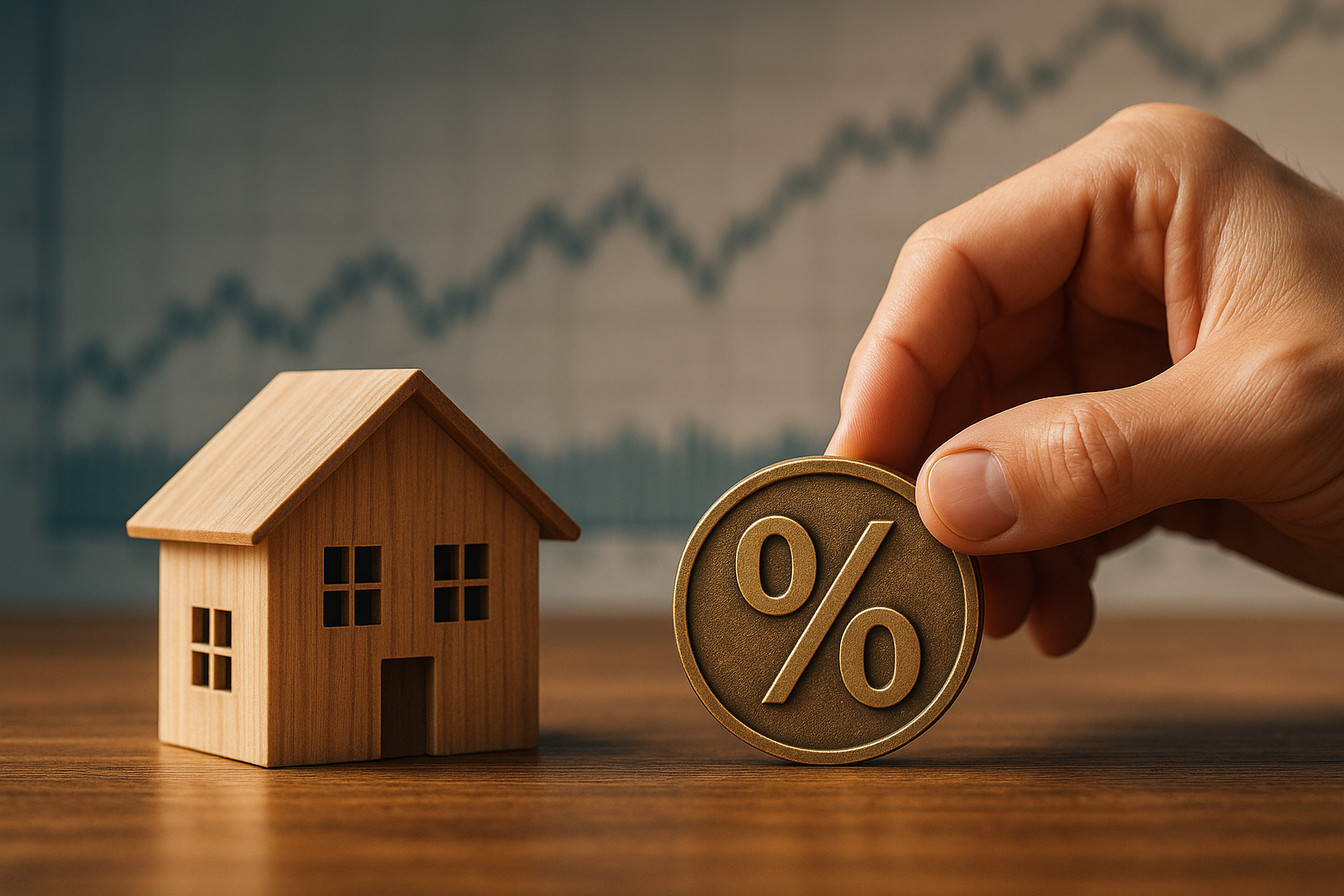Seasonal and economic factors that influence housing prices worldwide
Housing prices respond to predictable seasonal cycles and broader economic shifts. This article examines how fluctuations in demand, interest rates, local market data, renovation activity, and seasonal listings combine to shape property valuation across different neighborhoods and countries.

Housing markets combine predictable seasonal patterns with larger economic forces to determine property pricing. Seasonal demand influences when buyers list and purchase homes, while macroeconomic indicators such as interest rates, employment, and inflation change buyer capacity and investor appetite. Local analytics and listing activity feed into comparables and appraisal decisions, and renovation trends can shift valuation within neighborhoods. Understanding these factors helps buyers, sellers, and investors interpret sales and rental data across markets worldwide.
How do seasons affect housing and listings?
Seasonal rhythms shape visibility and buyer behavior. In many temperate markets, spring and early summer see higher volumes of listings and sales as families time moves around school calendars and weather improves. Increased listings can broaden choice and moderate pricing pressure, while limited winter inventory often tightens markets and can temporarily raise prices for well-presented homes. Seasonal demand also affects rental cycles: holiday and academic calendars can push stronger rental activity at predictable times. Analysts and agents use historical sales and listing data to adjust pricing and marketing windows accordingly.
How do economic indicators shape valuation and appraisal?
Valuation and appraisal depend on macroeconomic context. Interest rates influence mortgage affordability: higher borrowing costs reduce buyer budgets, which can pressure listing prices and slow sales. Employment and wage trends shape local demand and rental markets, while inflation affects construction and renovation costs that feed into replacement-value appraisals. Appraisers and automated valuation models combine recent comparables with adjustments for economic conditions and cost inputs; accurate data on local sales and broader economic indicators improves the reliability of those valuations.
What role do mortgage and rental markets play in pricing?
Mortgage availability and terms directly affect how many buyers can access a market and at what price. Tighter lending standards or rising rates reduce effective demand, which can depress prices or slow appreciation. Conversely, low rates and relaxed lending can expand demand and lift pricing. Rental market strength also matters: in markets where rentals are competitive, investors may bid for properties, influencing sales prices. Rental yields and financing costs shape investor decisions, and combined mortgage and rental analytics help forecast near-term pricing trends.
How do neighborhoods, comparables, and sales data influence pricing?
Neighborhood-level factors—schools, transit, amenities, and planned development—drive long-term valuation differences. Appraisers rely on comparables from the same neighborhood or similar micro-markets to set market value, adjusting for condition, size, and amenities. Sales velocity and time-on-market signal demand: rapid sales at list price indicate a seller’s market, while longer listings or price reductions indicate cooling. Listings platforms and local sales records supply the data analysts use to calculate median prices, price per square meter, and other key metrics that inform pricing strategy.
How do renovation, analytics, and data change appraisal outcomes?
Renovation choices and project costs can materially change valuation. Quality upgrades in kitchens, bathrooms, or energy efficiency often yield higher bids from buyers, while over-improvement beyond neighborhood norms may not fully recover costs at resale. Analytics and big data provide more granular insights into buyer preferences, days-on-market trends, and proximate sales performance. Appraisers increasingly incorporate these data sources alongside traditional inspection and comparables to produce more nuanced valuations reflecting both physical condition and market sentiment.
| Product/Service | Provider | Cost Estimation |
|---|---|---|
| Professional home appraisal | Local licensed appraisers / appraisal firms | $300–$700 for typical single-family homes; varies by country and complexity |
| Online valuation tool | Zillow, Redfin, Realtor.com | Free estimates; accuracy varies by market and data coverage |
| Real estate brokerage services | National brokerages (e.g., Keller Williams, RE/MAX) | Commission commonly 4%–6% of sale price (varies by market and agreement) |
| Mortgage origination | Banks and mortgage lenders | Origination fees commonly 0.5%–1% of loan amount; interest rates vary widely |
| Property listing promotions | Zillow, Rightmove, Domain | Basic listings often free; premium promotions typically $50–$500 depending on market |
Prices, rates, or cost estimates mentioned in this article are based on the latest available information but may change over time. Independent research is advised before making financial decisions.
Pricing and real-world cost insights
Real-world costs vary substantially by country, property type, and local regulations. Appraisal fees are tied to local market practices and property complexity; online valuation tools are free but should be treated as starting points rather than definitive appraisals. Brokerage commissions and mortgage fees are negotiable in some markets and set by regulation or custom in others. Investors and homeowners should consult local providers for up-to-date quotes and compare multiple providers when estimating transaction costs.
Conclusion
Seasonal cycles and economic conditions jointly shape global housing prices. Seasonal listing patterns affect supply and visible demand, while macro indicators such as interest rates, employment, and inflation determine buyer capacity and investor behavior. Neighborhood-level comparables, renovation decisions, and richer analytics refine appraisals and pricing strategies. Combining seasonal awareness with current economic data and local cost estimates produces clearer insights for buyers, sellers, and investors across diverse markets.





